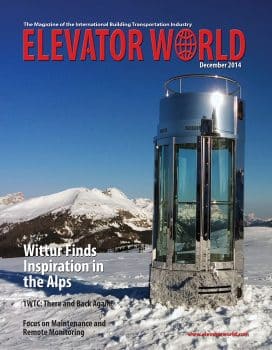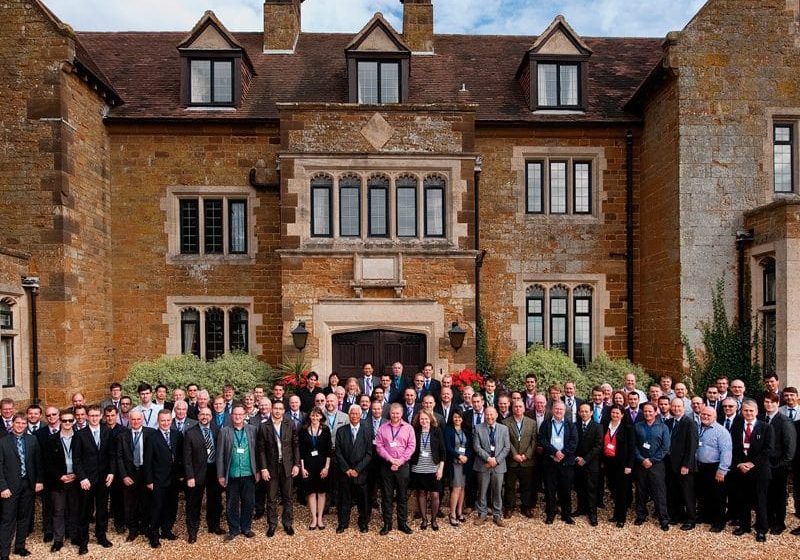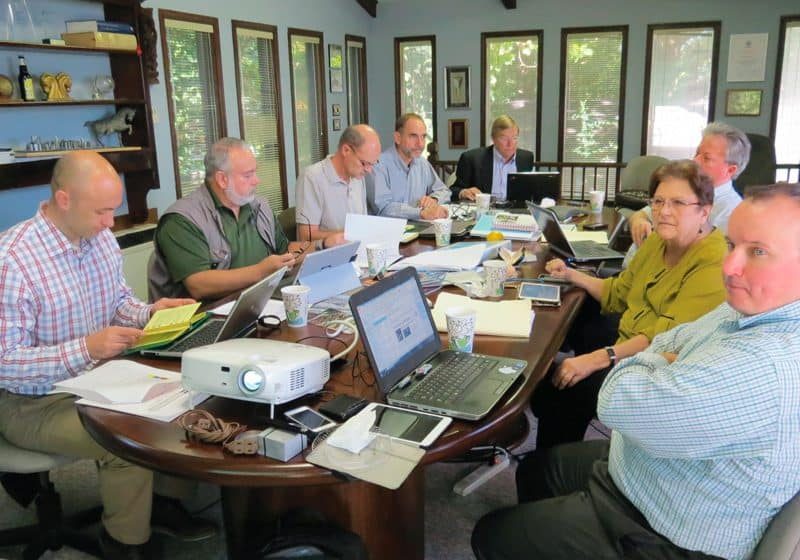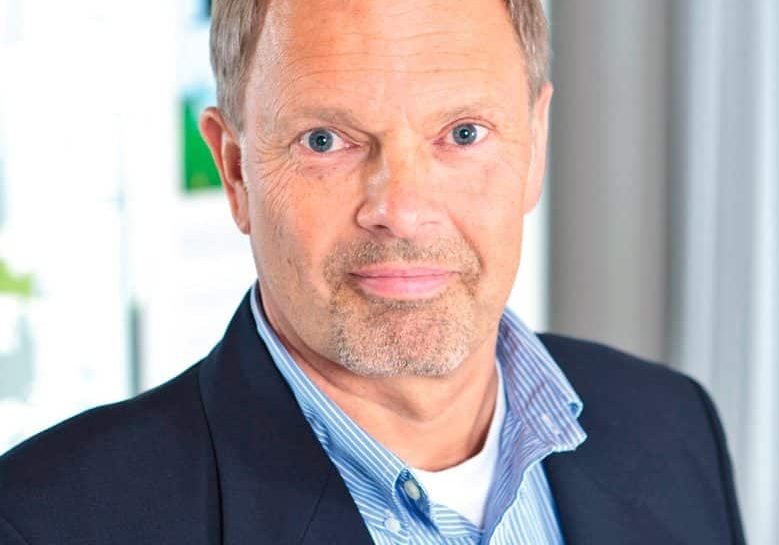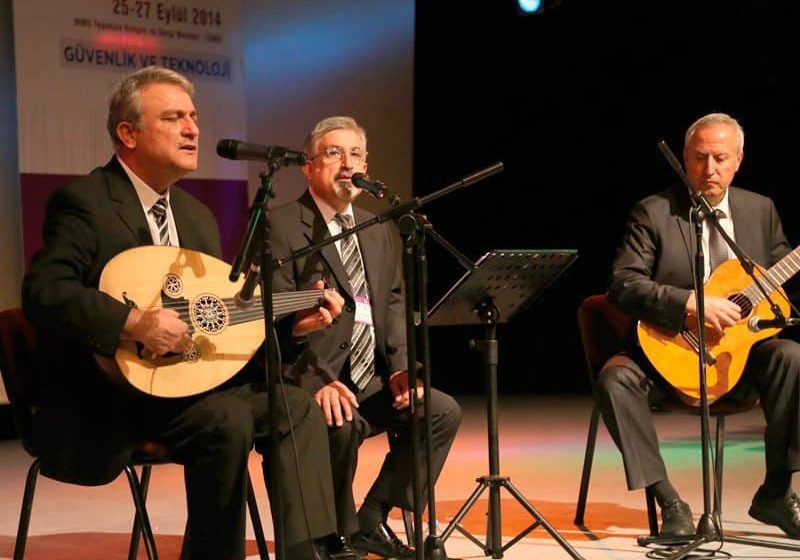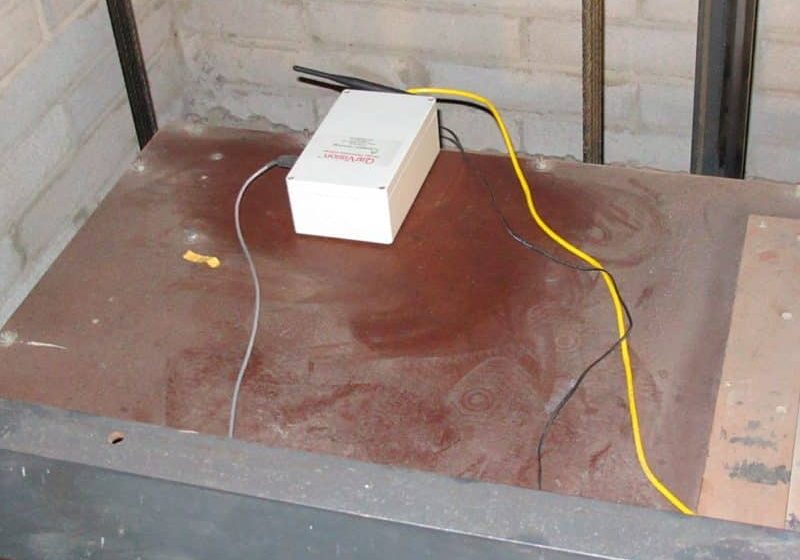Third Annual Wisconsin Elevator Symposium
Dec 1, 2014
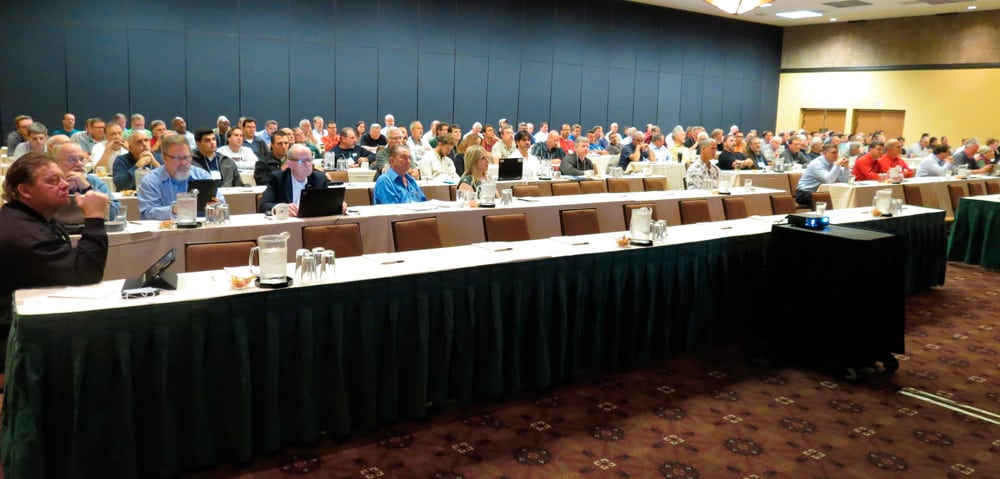
NAESA, Wisconsin organize regional seminar, expo over two busy days.
The Grand Geneva Resort & Spa in Lake Geneva, Wisconsin, once again played host to the popular Wisconsin Elevator Symposium on October 9-10. The continually growing audience of inspectors reached 191 this year at the event, hosted by NAESA International and the State of Wisconsin. Due to the location’s close proximity to Illinois, many attendees came from that state, as well, though it was not uncommon to meet those from another part of the U.S. or even Canada.
Twenty-two tabletop exhibits were arranged around the corners of a separate large room, where breaks were held, and lunch and dinnertime hors d’oeuvres were served. Exhibitors were happy with the amount of attention their displays and products received due to the frequent exposure they had when attendees were between sessions.
Day One
The first day began with a short address and welcome by Jim Runyan, a codes expert who also gave his own presentation and helped keep the event on track throughout, and Wisconsin Department of Safety and Professional Services Secretary Dave Ross, who gave guests a warm welcome. NAESA Executive Director Dotty Stanlaske then said the organization was awaiting results of its application to the American National Standards Institute (ANSI) to certify elevator inspector supervisors. If approved, NAESA would be the first organization to offer this service. She also wanted to promote the fact that there are no exams for QEIs after passing NAESA’s upgrade exam. The deadline for this is January 31, 2015, and is for those who were certified with NAESA prior to October 2012 or have transferred to NAESA from another certifying organization at any time. The exam is required to remain certified by NAESA (under ANSI’s accreditation) and is being taken by many, especially since the recent closing of QEI Services. After asking who in the room had upgraded, Stanlaske was pleasantly surprised to see many raised hands.
Bill Page from Bruno Independent Living Aids kicked off the educational sessions with “Changes from the 2005-2011 A18.1 Standard,” in which he detailed the many changes of the recent ASME/ANSI A18.1 edition, which includes vertical platform lifts and stairway chairlifts. The 2008 and 2011 versions of the code were focused upon, as they are the most recently adopted ones in the region. Important upcoming changes for the 2014 version were also addressed, however. These involve normal terminal stopping devices, flush upper landing doors, increased weight capacity, standby power, manual operations, inspector qualification, driving means, oil collection and application.
Marc Tevyaw, recently retired from Ontario’s Technical Standards & Safety Authority after 44 years in the industry and vice chair of the NAESA Canada region, then spoke on acceptance testing and annual testing changes to ASME A17.1, in addition to other tests required as a result of the MCP. Runyan rounded out the presentations for the rest of the day with a four-hour lecture on 2007-2014 A17.1 changes. He covered the 50-plus page code addition Wisconsin added for its inspectors when it adopted the 2013 code in September. This “six-year journey,” Runyan said, involved “significant changes in detail,” with more than 1,000 code corrections included since 2007.
Reception/Benefit
The Elevator Escalator Safety Foundation (EESF) was well supported at the symposium during an evening reception in which all exhibitors donated an item for silent auction. According to EESF Associate Director Nikole Gore-Layton, proceeds totaled US$2,010. Exhibitors also appreciated Stanlaske’s offer of an open mic throughout the evening, which they could use to promote their items and booths.
Day Two
An abbreviated second day also offered plenty of education, beginning with Randy Hunter from Eaton’s Bussman, who gave an engaging presentation on “Elevators and the National Electrical Code, Article 620.” Video demonstrations of what to do and not to do were included. Next was Steven Carr, who exposed “myths and realities” of elevator door operations. Bob Shepherd of Otis followed with a lecture on “Safety in the Workplace.” Following lunch, Kevin Heling of Wurtec spoke on “Alternative Testing,” and Brian Rausch of the State of Wisconsin updated the group on “Important Changes to Wisconsin Code SPS 318, Effective September 1st.”
Conclusion
Inspectors went away pleased with the education they had gained, and exhibitors were happy with the interest they garnered. Stanlaske commented on the symposium:
“NAESA International is proud to once again have collaborated with the State of Wisconsin on this successful event. We would like to thank all of our sponsors, our speakers and our exhibitors for their part in making the symposium such a success. Attendees were provided with the opportunity to educate themselves on many timely subject matters, as well as the opportunity to network with other professionals in our industry. Attendance at this event continues to increase with each passing year. We have already secured dates for next year and are looking forward to another successful event in 2015.”
Check ELEVATOR WORLD, www.elevatorworld.com and naesai.org for more on upcoming NAESA events as details are announced.
NAESA Staff Operate from Home –
Could You Tell the Difference?
NAESA International Executive Director Dotty Stanlaske shocked board members earlier this year when she revealed that the association’s staff had moved its offices into their individual homes. The directors were pleasantly surprised to find there had been no service interruptions during the moving week in May, already a very busy time for NAESA. Phones in all three staff members’ homes ring together when someone contacts NAESA, so whoever is available at the time can answer. Staff also employ an online monitor that lets each know when another is available at her computer.
Since they now use their own resources to support an office, staff are paid a stipend to offset any increased costs of electricity, and NAESA pays for their Internet service. The organization also supports a small furnished office space for meetings and has a storage unit. Most meetings, however, can be done in conference calls, by an employee hosting the others at her house or by meeting for lunch.
The moving process technically started years ago, when staff began scanning files (contracts, financials, etc.) into electronic formats to protect them from damage, Stanlaske explained. The electronic files are continually backed up, but to be sure they are free of errors, hard copies are kept for a year, then destroyed if no problems are found. Stanlaske said this keeps required storage space to a minimum. In retrospect, she sees this as the first, largest and most difficult step in NAESA’s change.
The organization was happy to be able to donate the things it no longer needed as a result of the move. Since they no longer print in house, staff donated their large amount of colored paper to a local school, where teachers were
“thrilled,” Stanlaske said. NAESA had gathered unique pieces of elevator-industry memorabilia over the years, as well, which it donated to the Elevator Historical Society Museum in Long Island City, New York. Historical codebooks, some dating to 1921, were offered to association members for an encouraged donation to the Elevator Escalator Safety Foundation. Finally, any extra office equipment was sent to local charities.
Stanlaske is a huge proponent of working from home. In addition to a savings of approximately US$25,000 per year, “the little things are helpful,” she purports. She feels employee stress levels “dropped immensely.” “Staff are more productive,” she said, explaining that while there are systems available to tell employers when employees are working, having hardworking, conscientious and trustworthy staff is the key to success in using remote offices. Though she never thought NAESA would have made the move, she calls it “a win/win situation.”
Get more of Elevator World. Sign up for our free e-newsletter.

